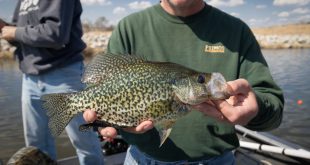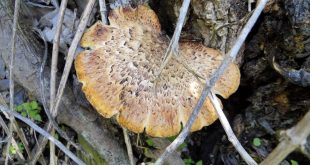Enlarge
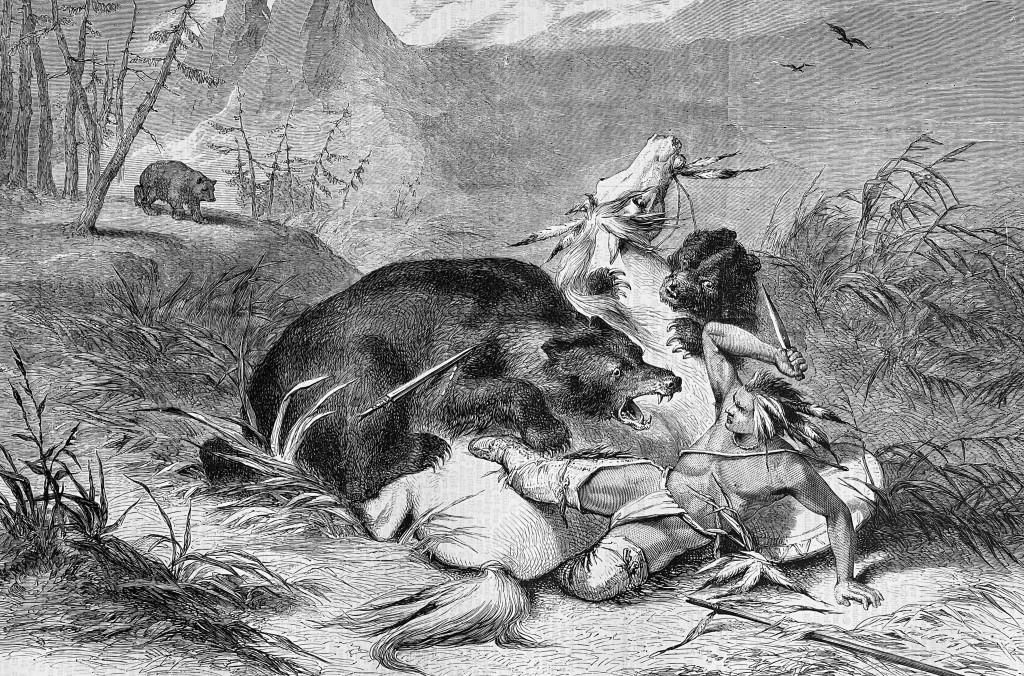
By Roger Welsch
Maybe it’s just a habit of old romantics like me, but I like to think that sooner or later, even the most unimaginative Nebraskan must wonder — maybe while watching an old movie or cruising along on Interstate 80 — what these Plains must have been like before the white man came. We know that many things have changed. The herds of bison that stopped trains for hours and the clouds of passenger pigeons that darkened the sky are gone.
But other relics have returned or, quite remarkably, survived. Once again, we have river otters in Nebraska. And eagles. There is hope for the whooping crane. Now and then, an errant elk appears in the eastern part of the state or moose appears far from where expected to amaze a motorist or gardener in a central county.
Me, I wonder about bears. We know they were here. There are legends about Big Bear Hollow on the Missouri River between Macy and Winnebago that speak of both brown or black bears and grizzlies. Bears were seen as mysterious and terrifying creatures, even a form of being somewhere between mankind and the animal world. A kind of Big Foot. Omaha legends about Big Bear Hollow and stories of bears carrying off Native women, recorded by Federal Writers field workers 85 years ago, can be found in my book, Treasury of Nebraska Pioneer Folklore.
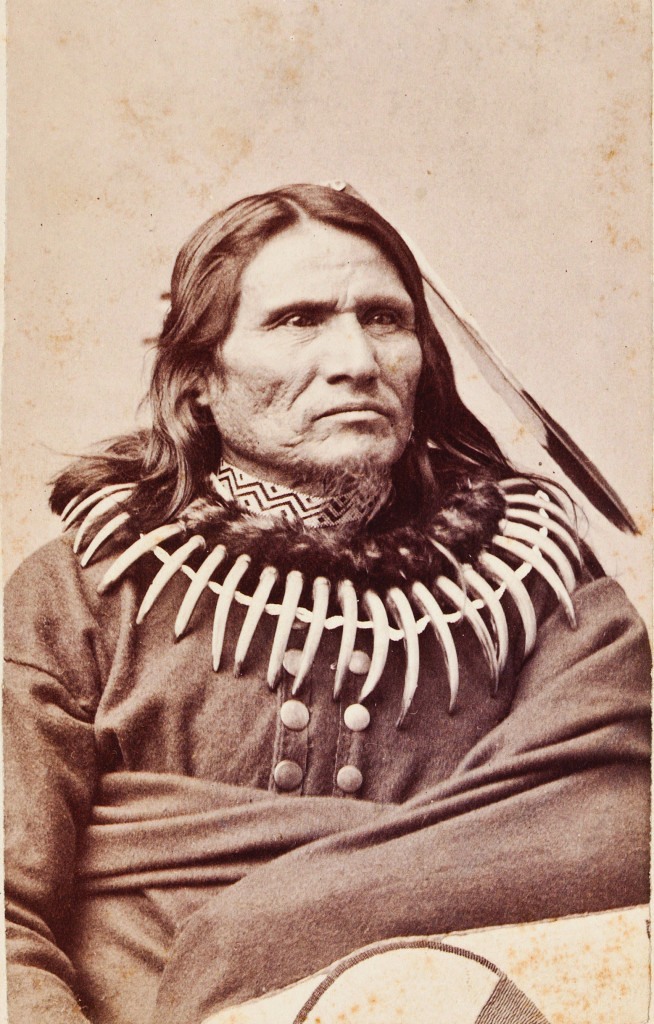
The most impressive evidence of bears on the Plains are, in my opinion, the many photos we have of tribal chiefs and warriors wearing bear claw necklaces. It’s not just the size or number of the claws that impressed me but even more than that, knowing how that bear was killed. The reason those necklaces were worn as such a badge of honor was that the bear was not, until fairly recently, taken down with a rifle at 200 yards, or bow and arrow at 10 yards, but with a spear — at arm’s length. Imagine what a badge of courage those claws represented.
Within ancient European cultures as well as North American Indian tradition, a man who killed a bear and wore its skin took on the very spirit of that bear and was to be feared in battle as an incensed grizzly might be: a berserker — a bearskin wearer.
A friend and I once watched some Inuit hunters go out on the sea ice in far northern Greenland. My friend summed up very well what we were witnessing: “We have Nike missiles at Thule Air Base that can bring down huge bombers. But there go the real men, out on the sea ice to kill whales with a stick.” No wonder the Pawnee refer to themselves to this day as “Chaticks Si Chaticks” — “Men Among Men.” ■
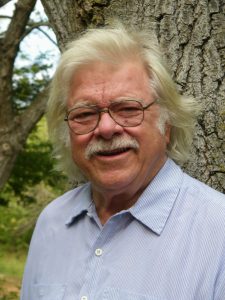
Roger Welsch is an author, humorist and folklorist. He is the author of more than 40 books and has been contributing to Nebraskaland Magazine since 1977. Welsch was a senior correspondent on the CBS News Sunday Morning program. He was born in Lincoln, Nebraska, and today lives outside of Dannebrog, Nebraska. Welsch was the 2005 winner of the Henry Fonda Award from the State of Nebraska Travel and Tourism Division.
 Nebraskaland Magazine
Nebraskaland Magazine
